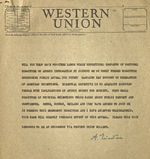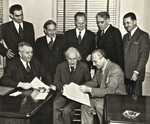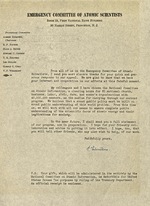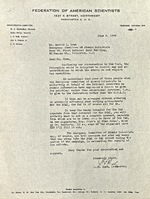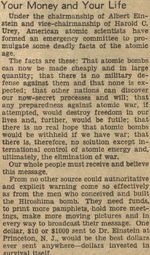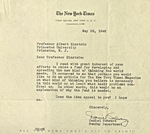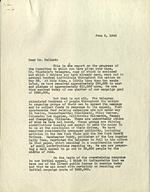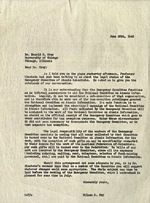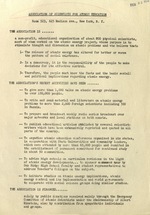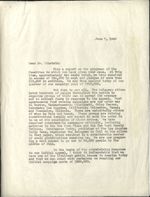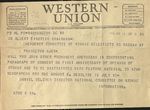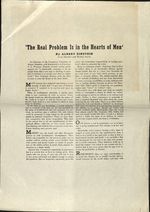The Committee
The scientists responsible for creating the atomic bomb immediately saw the danger of an uninformed American public. Many atomic scientists around the country organized to educate the country on the urgent need to end war, as well as to attempt to influence political policy on the atomic weapons. These groups eventually combined to form the Federation of Atomic Scientists, which founded the National Committee on Atomic Information, a national clearinghouse of materials on atomic weapons and atomic energy for social and civic organizations. Lack of financial support for these organizations, however, threatened their efficacy and impact.
Albert Einstein responded to this need by forming the Emergency Committee of Atomic Scientists. Long a pacifist in his politics, Einstein knew that by lending his fame and visibility to a fundraising effort, he could have a significant influence on public support for ending war. He called on Leo Szilard and eight other atomic scientists to join the effort, including Linus Pauling and Harold Urey.
The Committee enlisted notable public relations manager Harold Oram to manage fundraising and publicity. Even before they were formally incorporated, the Committee went straight to work. Their first appeal, dated May __, 1946, asked donors for $200,000 for a public education campaign "to let the people know that a new type of thinking is essential if mankind is to survive...".


